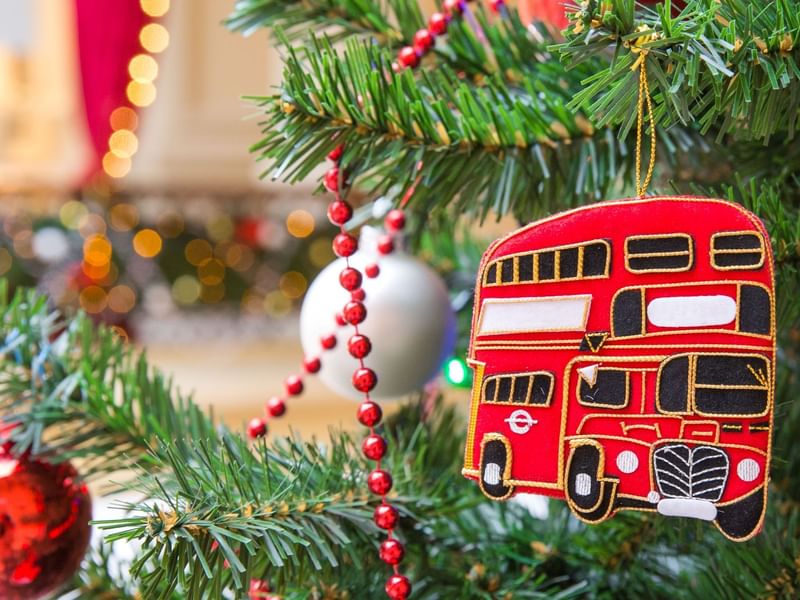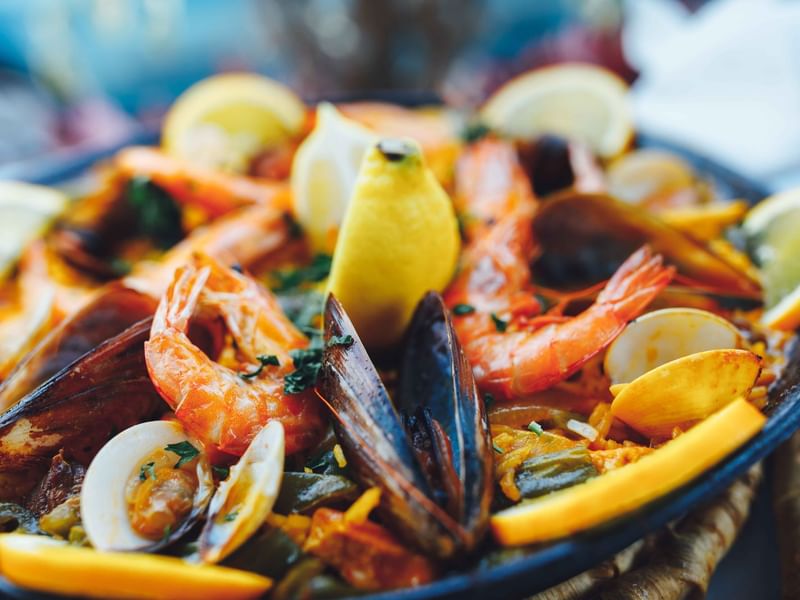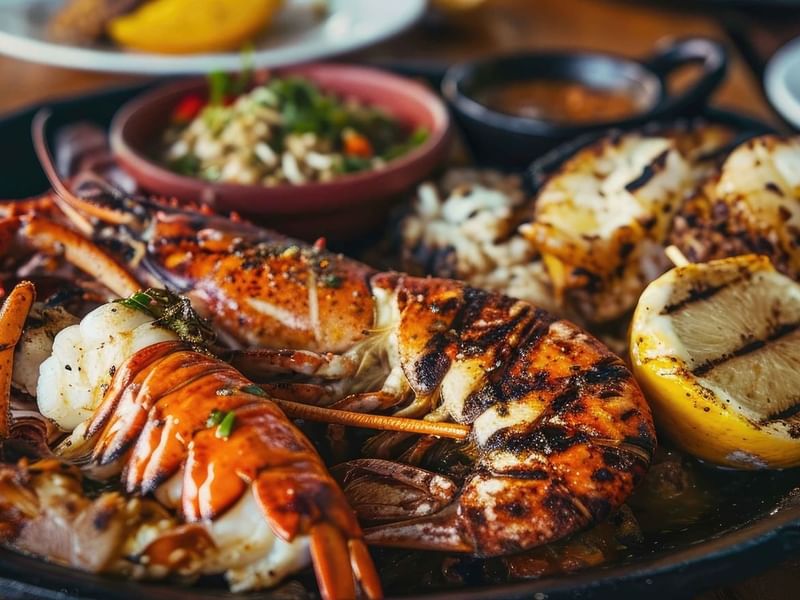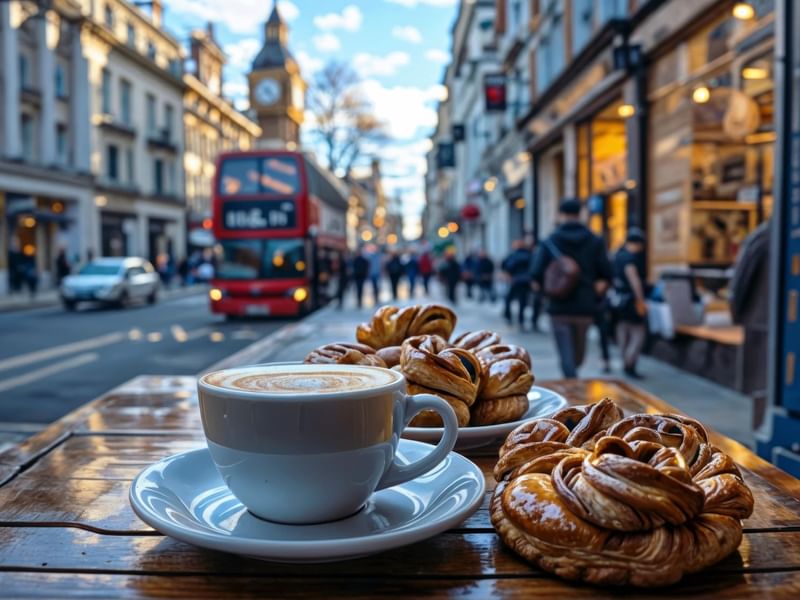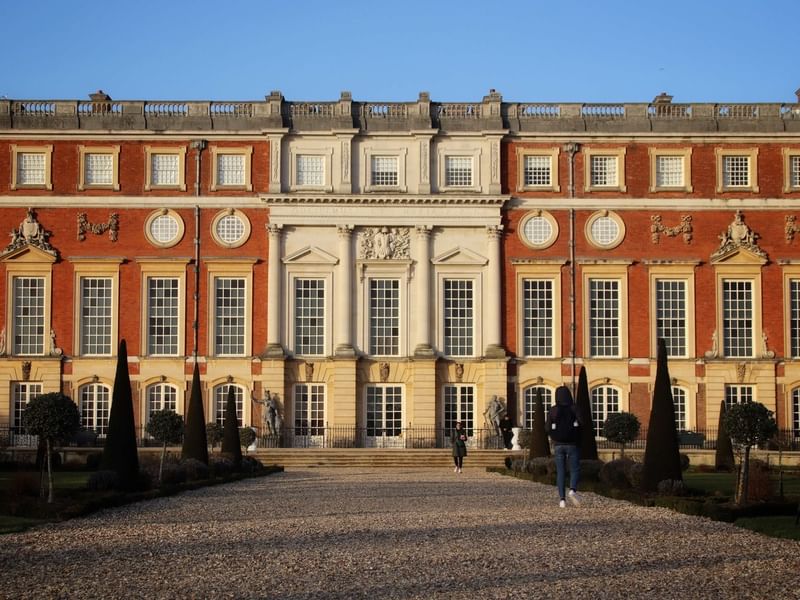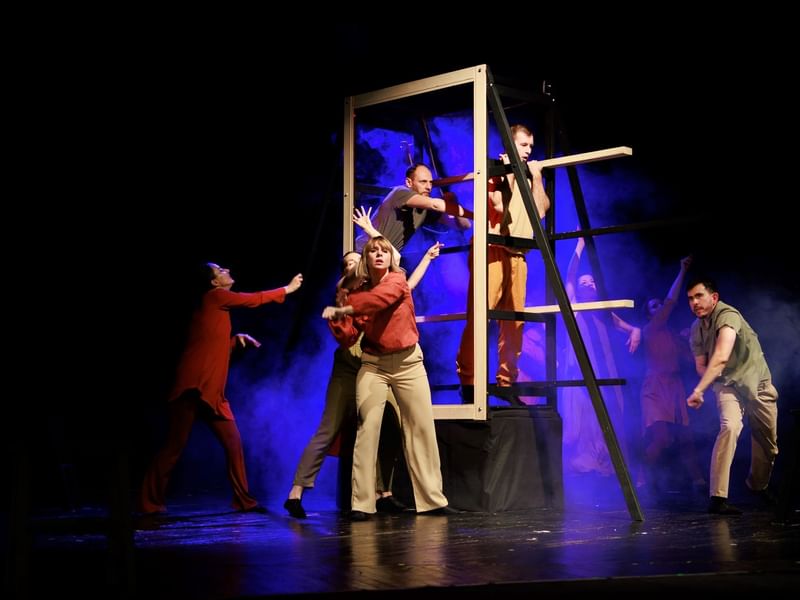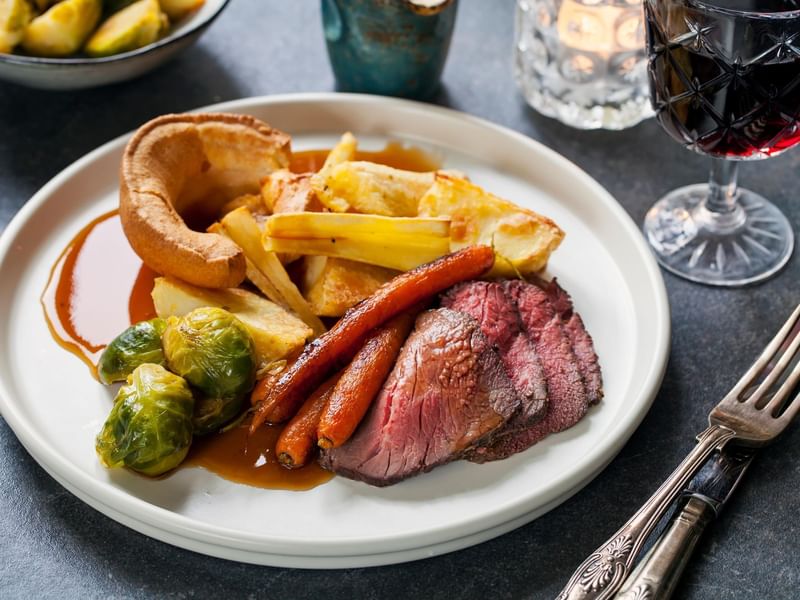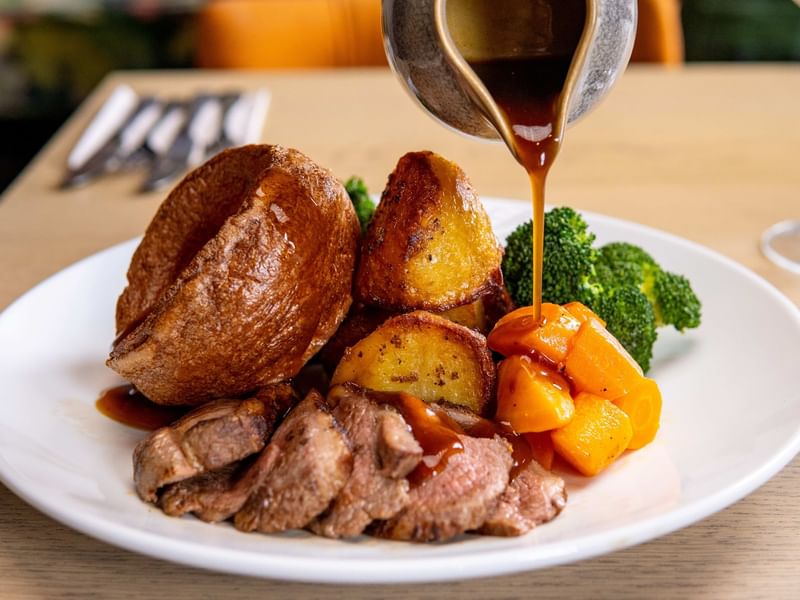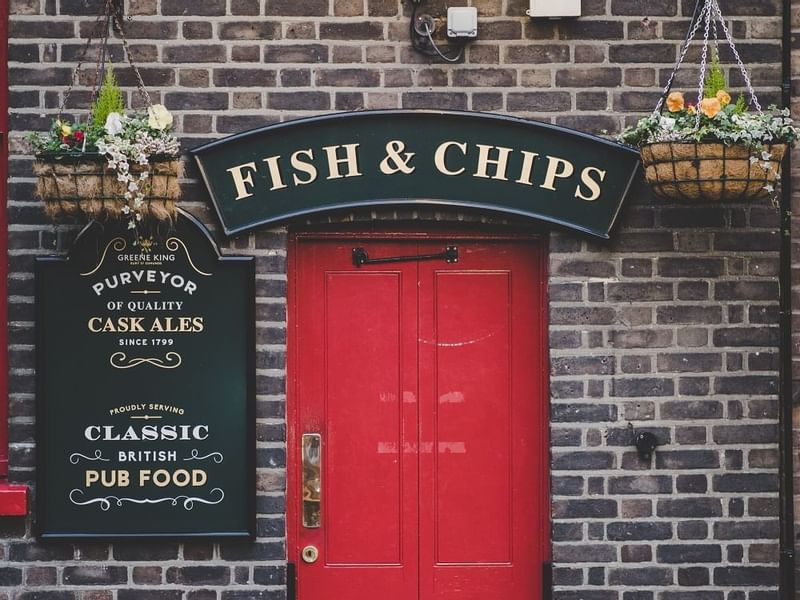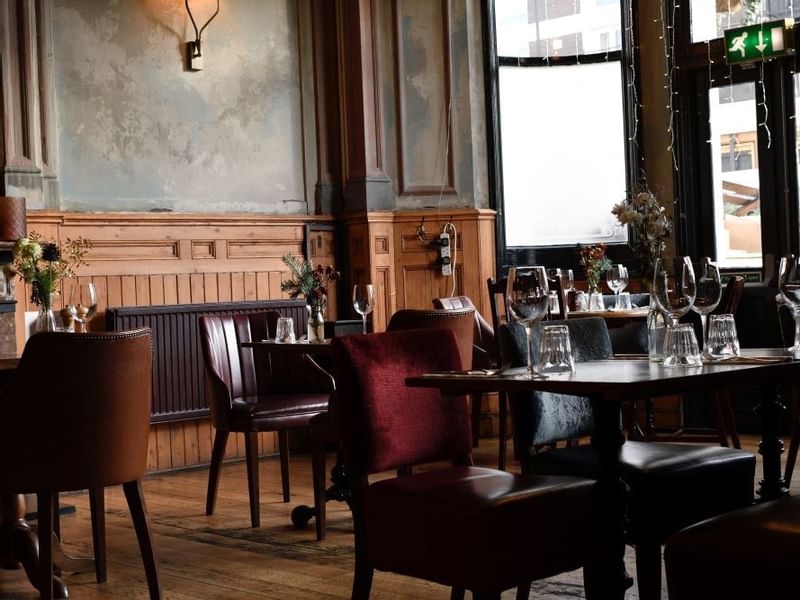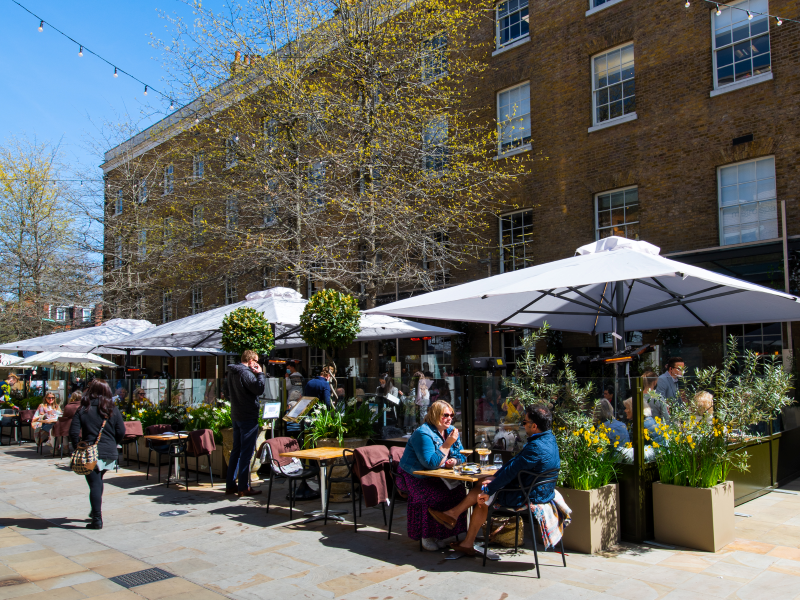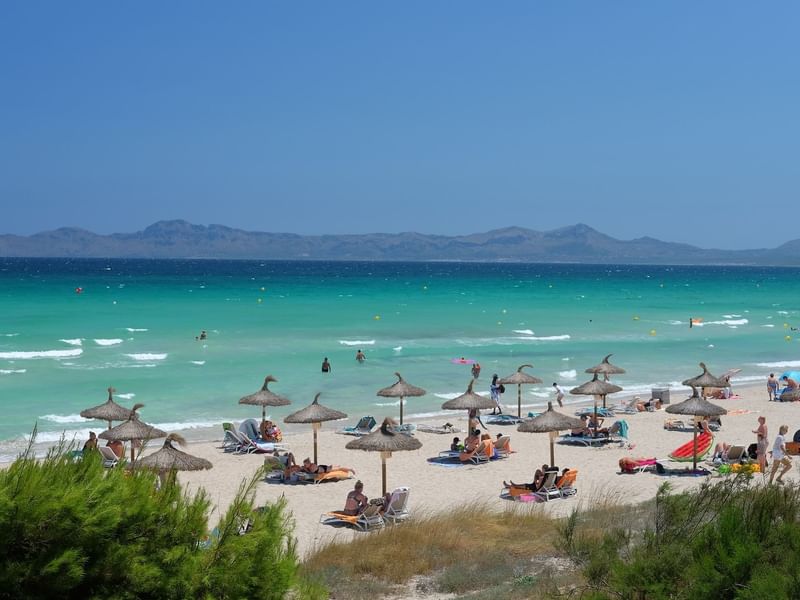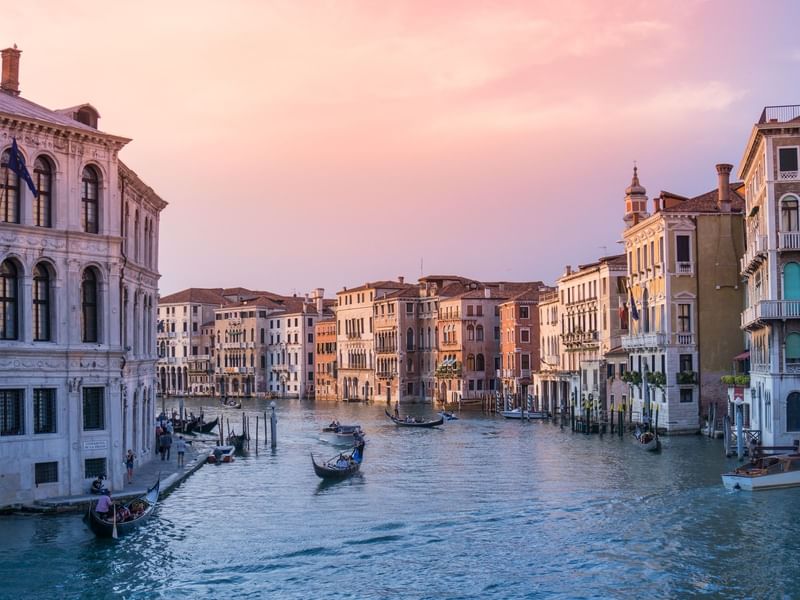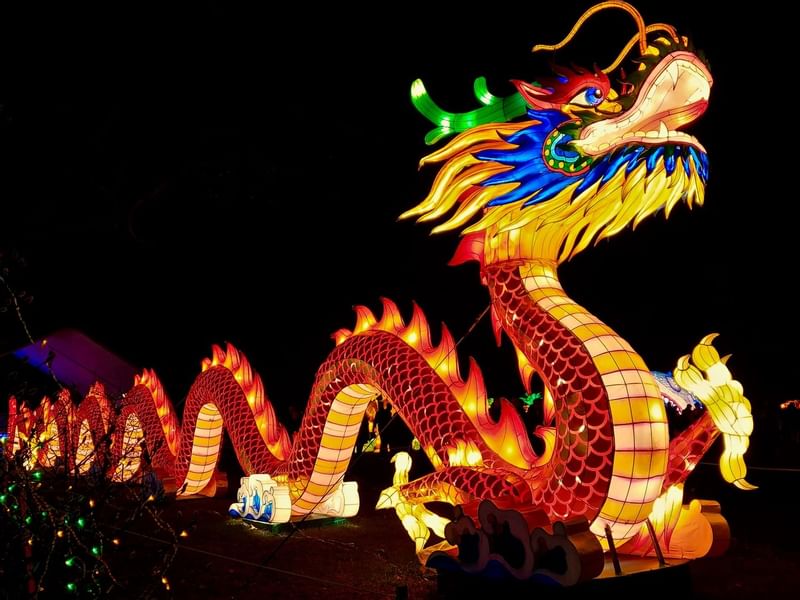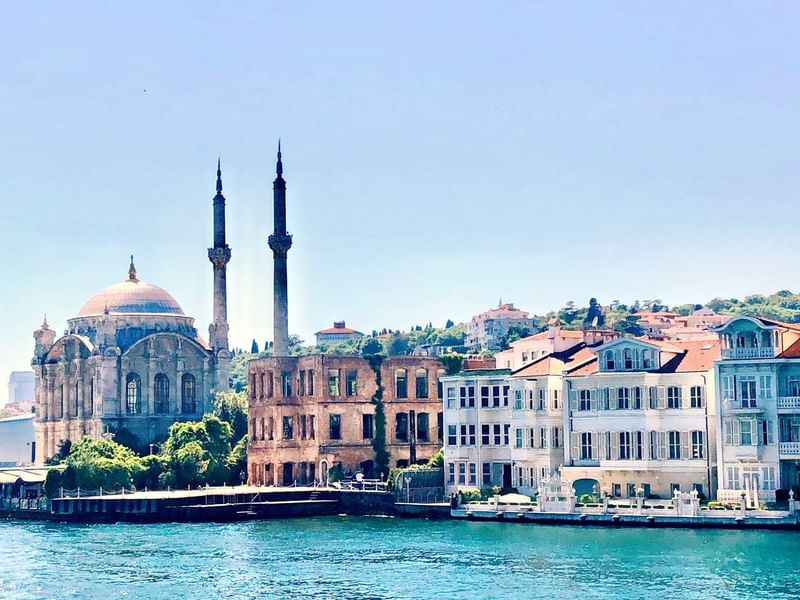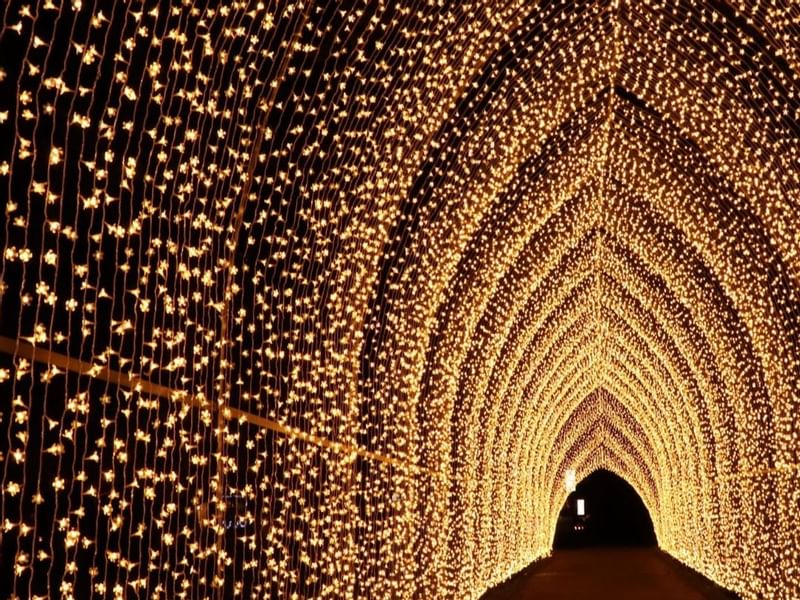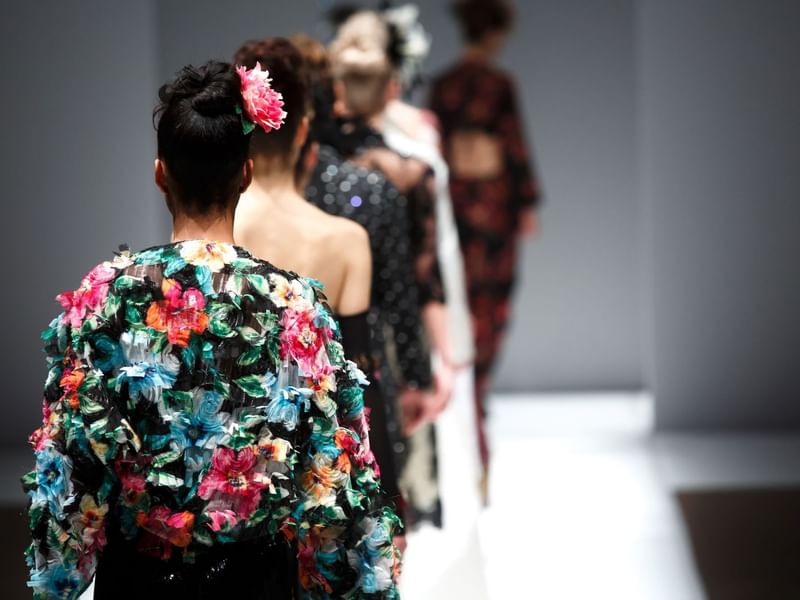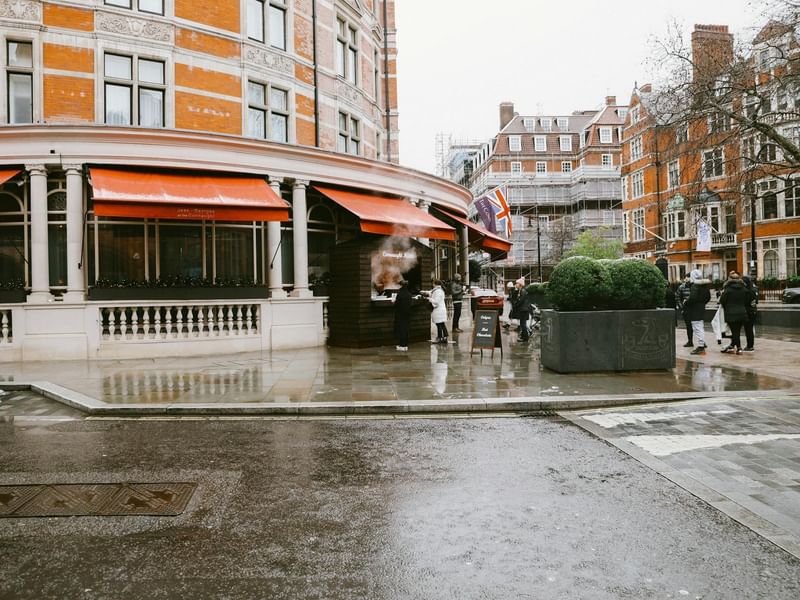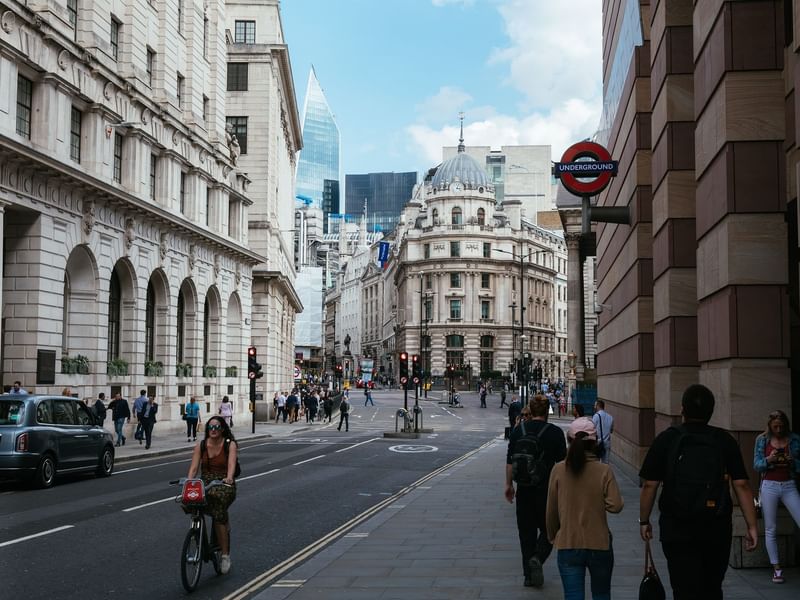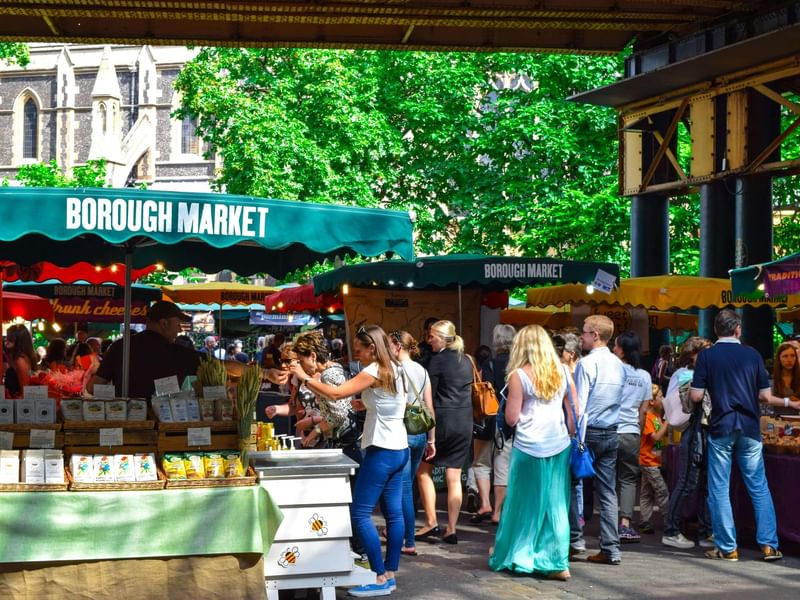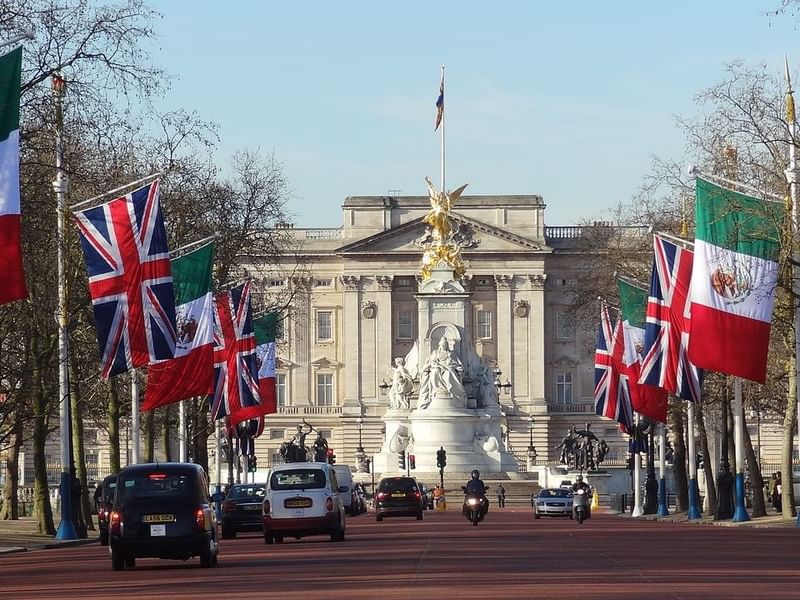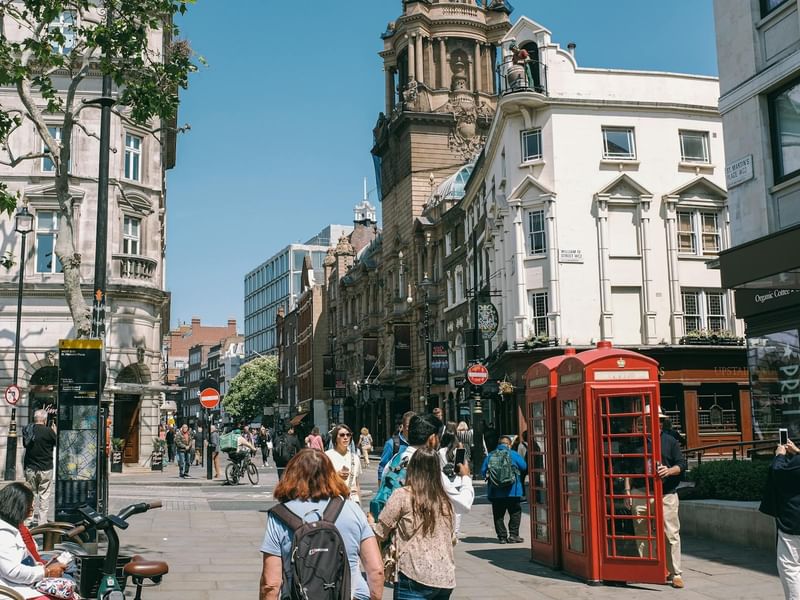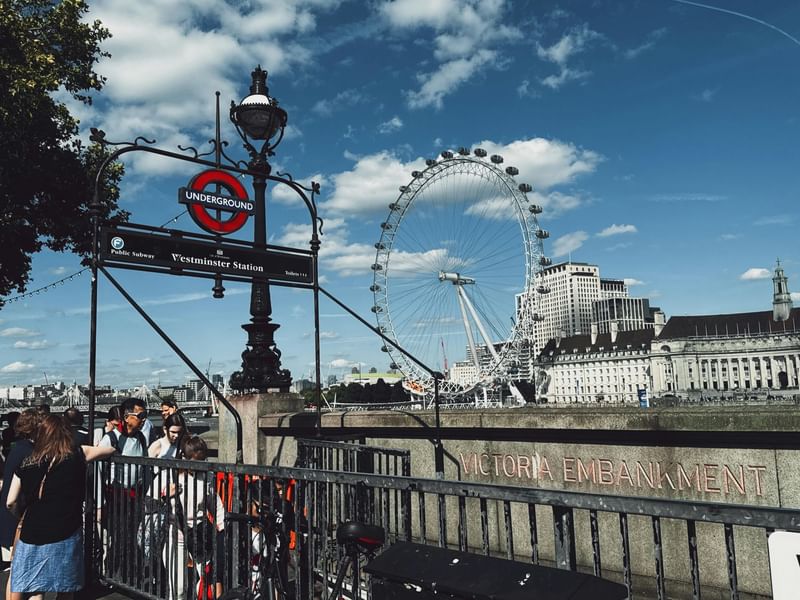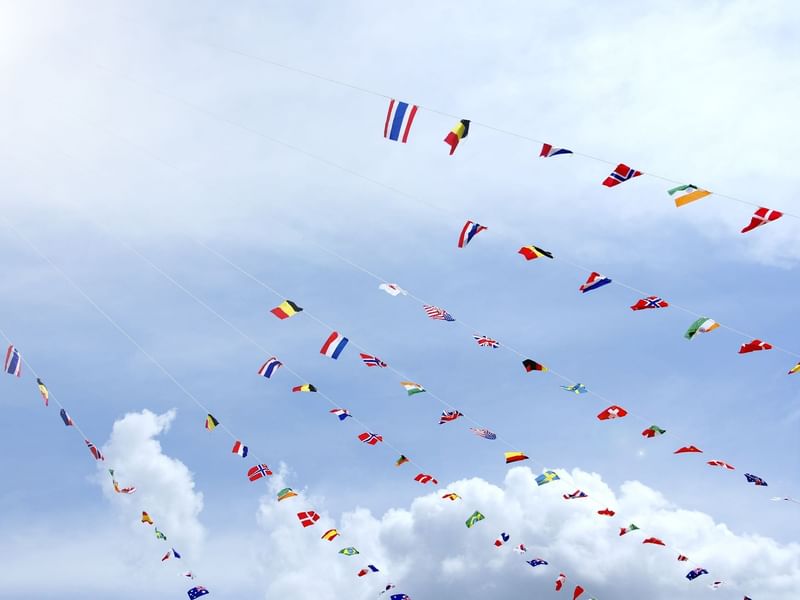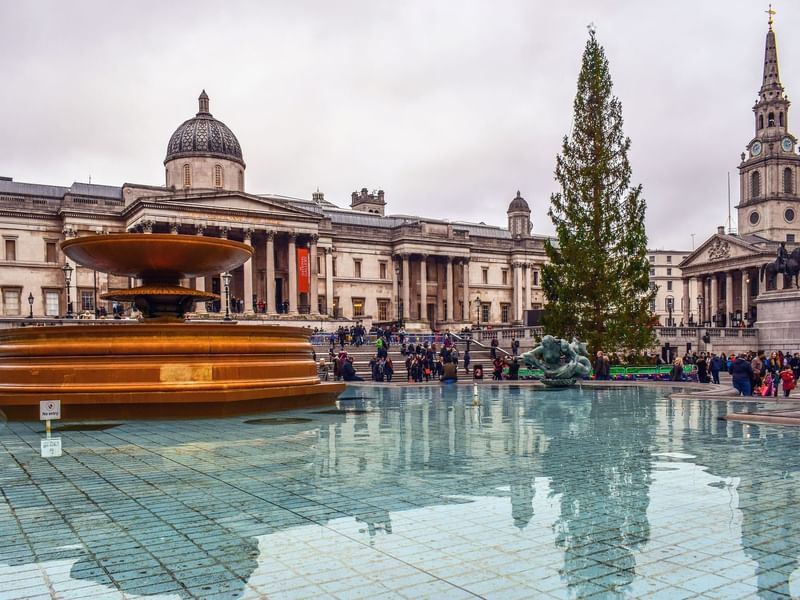London is brimming with wildlife, with 15,000 species living in the city: from rare bats to England’s largest proportion of stag beetles and hundreds of bird species.
In 2019, London became the world’s first National Park City for its biodiversity, a concrete jungle with a wealth of green space. It’s here you might see a few of London’s wildest residents.
The Richmond Park deer
The red and fallow deer of Richmond Park are perhaps the wildlife London is most famous for. King Charles I introduced these deer to Richmond Park’s wildlife to create a hunting park in the 17th century. Today, this is a National Nature Reserve with around 630 deer roaming free, but they’re not always easy to spot.
In the autumn and winter, they stay in the woodlands. Come spring and summer, they mill about in larger groups around the Flying Field, Duchess Wood and also Spankers Hill Wood and White Lodge.
Rose-ringed parakeets
Was Jimi Hendrix to blame for releasing a pair of parakeets in Carnaby Street back in 1968? Are their ancestors a pair of parrots escaped from the set of The African Queen in 1951? Or are they the result of a plane crashing into an aviary in the 1970s? These may be wild theories, but it’s certainly true the ring-tailed parakeets have flourished in London’s Royal Parks, far from their native land.
These opportunistic feeders often lurk in are the trees around the charming Peter Pan statue in Kensington Park. It’s a lovely place to visit on a sunny day to enjoy a picnic and do some bird watching of London’s distinctive flashes of bright green wings and listen to the parakeet’s noisy chatter. Hyde Park is another place you’re likely to see and hear flocks of rose-ringed parakeets.
Bats at sunset
There are a couple of places where bats like to hang out as the sun sets in summer. One is the old rail track at Sydenham Hill’s Great North Wood, which leads to a disused tunnel where pipistrelle microbats and their pups like to fly out in search of insects.
For a location that feels a little more scenic (and less like you’re offering yourself up as a victim in a vampire movie), the boating lake at Alexandra Palace is also perfect for bat spotting. Early evening, these flying mammals swoop up insects over the water. There’s a lovely pizza spot called Phoenix Bar just inside Alexandra Palace’s Palm Court where you can sit on the terrace and see the bats at sunset while enjoying a pint and a slice of pizza.
Peregrine falcons at the Tate Modern
This world-famous art gallery is the best place to spot peregrine falcons in London. From summer till February, you have a good chance of bird spotting London’s native British hunter nesting on a Tate Modern chimney thanks to the RSPB’s free viewpoint and telescopes to give you close-up views. So while modern artists ruffle a few feathers in the gallery spaces, you can see a few of these urban hunting birds feathering their nests.
London’s peregrine falcons love London’s tallest points, so Battersea Power Station and the Houses of Parliament are both popular nesting areas too, but they can be hard to spot from the ground without binoculars. Hunting time for the peregrine falcon is usually early evening when they can swoop at 200mph, their sharp talons extended to grab pigeons and rose-ringed parakeets.
The pelicans of St James’s Park
Presented as a gift to King Charles II by the Russian ambassador in 1664, pelicans are a unique feature of St James’ Park. Although they’re free to roam the entire park, the park’s six pelicans tend to stay in the lake where they swim, fish and preen themselves on a favourite rock.
Feeding time at around 2.30pm every day is from the bridge next to Duck Island Cottage. Most of the pelicans have their wings clipped, but Gargi is a wild pelican, free to come and go. He has been known to fly over to London Zoo to steal fish for lunch.
After your wildlife adventures in London, do a little nesting of your own in one of our luxury rooms or suites at The Clermont, Victoria and The Clermont, Charing Cross.




























